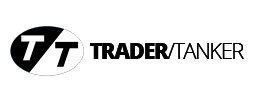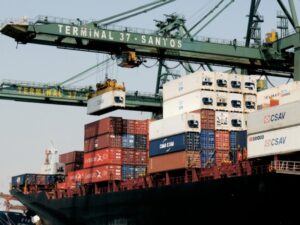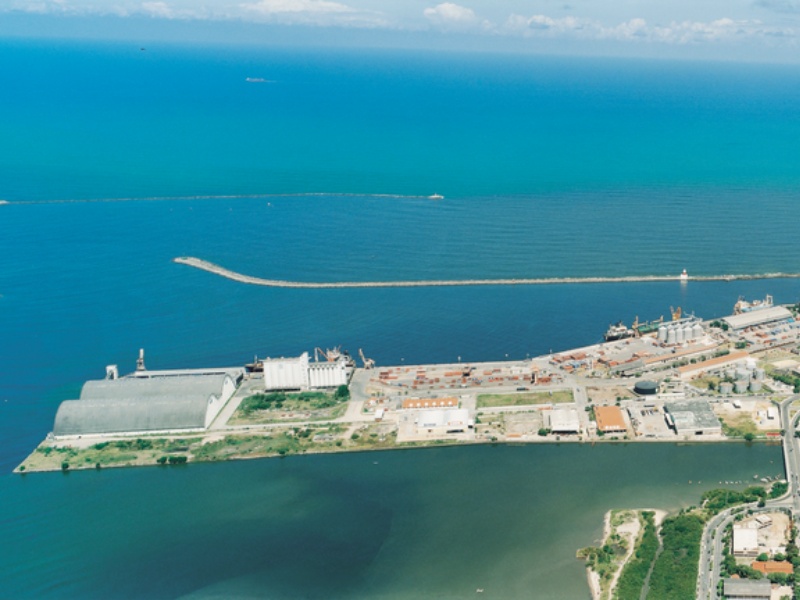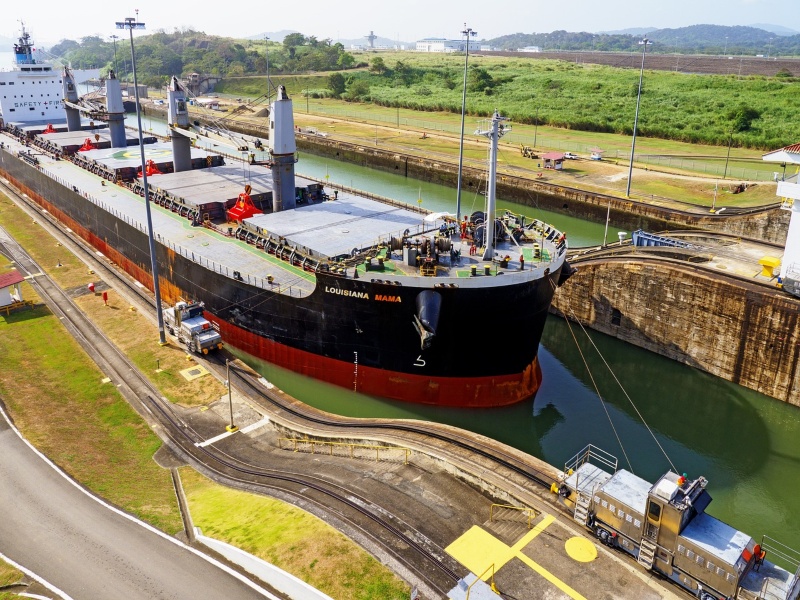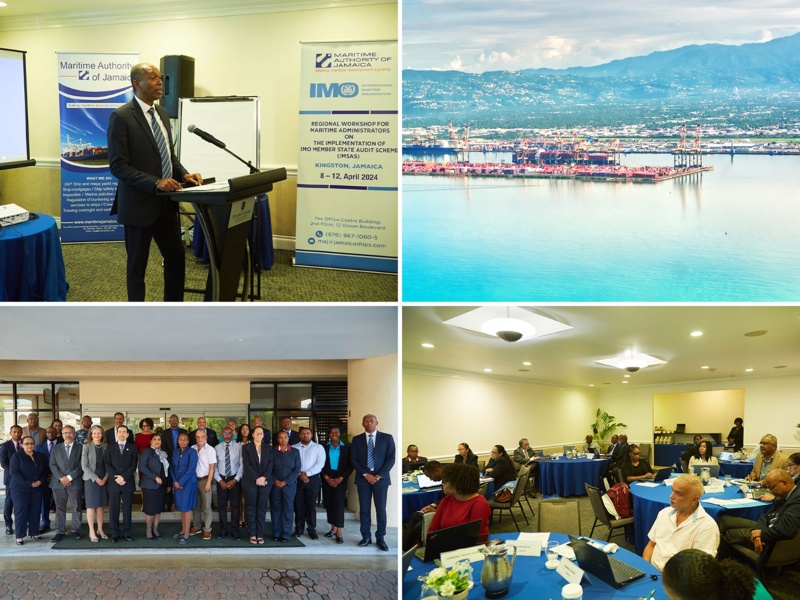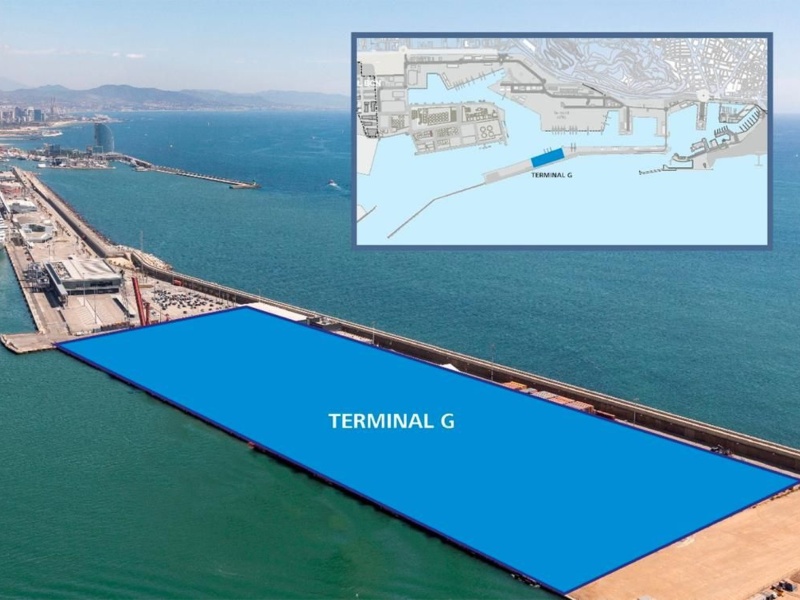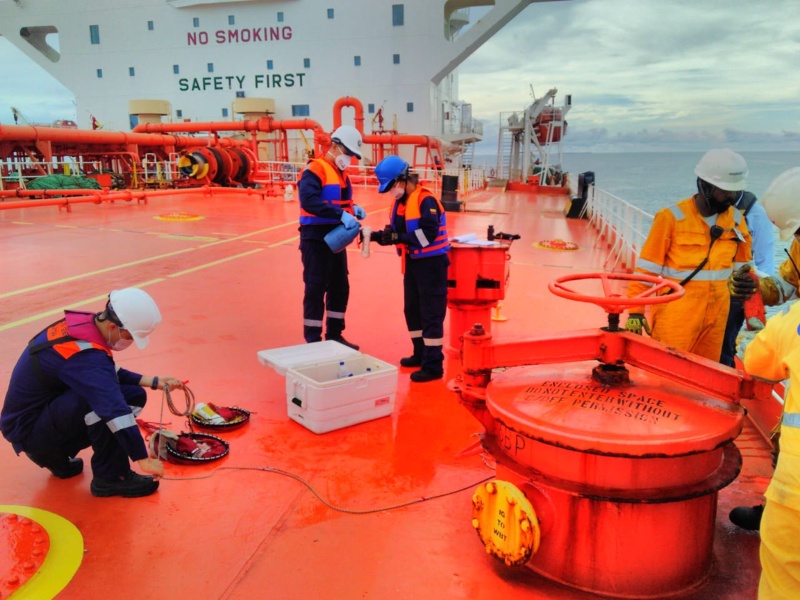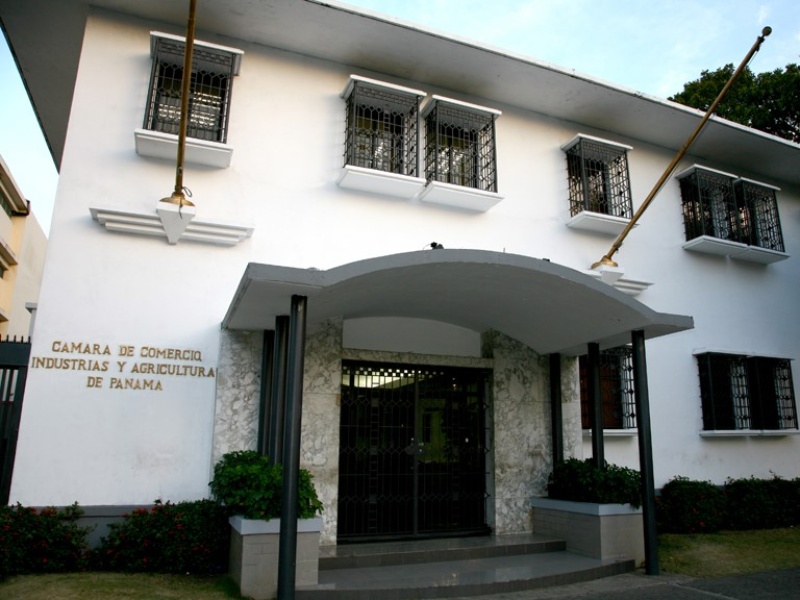Sustainability is a priority for nearly everyone; from end-customers to policy makers. Since the signing of the Paris Agreement in 2015, accurate language around climate change mitigation efforts and emissions goals has become more and more important. As the Paris Agreement is a legally binding international treaty on climate change, making sure that companies and cultures understand the (at times very confusing) terminology of sustainability can be the difference between sanctions or success.
Here we break down some of the terms of green logistics with a sustainability glossary:
Alternative energy: Alternative energy is an energy source that does not come from fossil fuels, and thus produces less carbon dioxide than traditional fuel sources (such as coal, oil, and natural gas).
Biodiesel: A form of diesel fuel produced from fats and oils occurring in plants or animals. Biodiesel can be utilised as a drop-in fuel, meaning that it is compatible with existing diesel engines.
Biogas: Primarily comprised of methane (CH4) and carbon dioxide (CO2), biogas is a mixture of gases produced from raw material wastes (such as sewage, municipal waste, food waste, and agricultural waste). Biogas can be compressed or liquified after removing carbon dioxide and trace gases and used to power motor vehicles. Additionally, methane, hydrogen, and carbon monoxide can be combusted with oxygen; creating an energy release that can be harnessed as fuel for heating or electricity. As biogas produces no net carbon dioxide, it is a renewable resource.
Bio-LNG: Liquified biomethane (also known as liquified bio-natural gas or liquified biogas) is the liquified form of biomethane. Liquified, the gas is more easily transportable in tanks.
Biomethane: Biomethane is a methane produced from biogas that has had its trace gases and carbon dioxide removed. Biomethane can be injected into the existing gas grid and used as fuel for heat, electricity, or automobiles.
Biomethanol: Alcohol produced from biomass such as wood waste, biomethanol is a biofuel that can be used in specifically-adapted internal combustion engines in combination with gasoline or independently.
Carbon capture: The process of capturing and storing carbon dioxide before it is released into the atmosphere. Usually captured from chemical or biomass power plants, carbon capture is practiced with the goal of preventing the release of carbon dioxide in order to mitigate environmental impact and acceleration of climate change.
Carbon intensity indicator: The carbon intensity indicator (also referred to as merely CII) is a measure of the operational efficiency of a ship transporting passengers or goods in terms of carbon dioxide emissions. The CII is calculated by dividing the grams of carbon dioxide emitted per deadweight nautical mile.
Carbon neutral: Being carbon neutral means that any carbon dioxide released into the atmosphere is balanced by an equivalent amount being removed from the atmosphere. Carbon neutrality only takes into account carbon dioxide and does not include any other greenhouse gases.
Carbon offset: Often deployed to achieve carbon neutrality, carbon offsets are a reduction or removal of carbon dioxide in order to compensate for emissions elsewhere. Measured in tonnes of carbon dioxide-equivalents, carbon offsets act as a way of cancelling out other emissions, thus achieving ‘neutral’ carbon emissions.
Carbon tax: Carbon taxes are taxes levied on carbon dioxide emissions, in order to provide financial incentives to reduce emissions. Most commonly carbon taxes target carbon dioxide emissions, though they can also include other greenhouse gases such as nitrous oxide or methane.
Circular economy: As opposed to a traditionally linear economic model; of production, use, and disposal — the circular economy aims to turn the ‘disposal’ phase back into the ‘production’ phase. Whereas recycling a plastic bottle to be remade into another plastic good after use would be circular. This may also be referred to as a ‘cradle to cradle’ economy.
Climate neutral: Similar to carbon neutral, the term ‘climate neutral’ refers to neutrality of emissions, in which greenhouse gases released into the atmosphere are equal to the removal of CO2 emissions from the atmosphere. Unlike carbon neutral, climate neutral refers to all greenhouse gases, not only carbon dioxide.
Direct emissions: Direct emissions, or direct greenhouse gas emissions, are emissions that come from sources that are owned or controlled by the reporting entity. Direct emissions can also be referred to as Scope 1 emissions.
E-fuel: Also known as Electrofuel, e-fuels are manufactured using captured carbon dioxide and fuelled by renewable electricity sources like wind or solar power. E-methanol is an example of an e-fuel.
Environmental, Social, and Governance: Also known as ESG, this refers to the corporate management of environmental and social impacts. ESG data can include but is not limited to data such as employee engagement surveys, carbon emissions, water consumption, and demographic makeup of senior leadership.
Indirect emissions: Indirect emissions are greenhouse gas emissions that result from a reporting entity but are derived from sources owned by other entities. Indirect emissions can occur through the use of purchased electricity for operations, or emissions produced by the transportation of goods for a company. Indirect emissions are Scope 2 and 3 emissions.
Methane: A primary component of natural gas and biogas, methane is a greenhouse gas that can be converted into liquid form and used as a fuel.
Methanol: A type of alcohol that can be used as fuel for automobiles, ships, fuel cells, and stoves.
Net zero: According to the Science Based Targets initiative, net zero is the reduction of scope 1, 2, and 3 emissions to zero, or a residual level that is consistent with reaching net zero emissions at the global or industry level in eligible pathways to keep global warming within 1.5 degrees.
Offsetting: Similar to carbon offsets, offsetting or climate offsetting, refers to the reduction of emissions of carbon dioxide and other greenhouse gases to compensate for emissions elsewhere. Offsetting refers to all greenhouse gases, and not only carbon dioxide.
Scope 1: Scope 1 emissions are direct greenhouse gas emissions, coming from sources that are owned or controlled by an organ isation or company.
Scope 2: Scope 2, indirect emissions, are from purchased energy to aid in the manufacturing and operations of a company’s workflow.
Scope 3: Scope 3 emissions are also indirect emissions, as they are generated from a third party within a company’s supply chain, such as fuel burned by a logistics provider.
Sustainable Development Goals: Commonly referred to as SDGs, the United Nations’ Sustainable Development Goals are 17 goals to reach the 2030 Agenda for Sustainable Development. Adopted by all the United Nations’ member nations in 2015 the SDGs address everything from world hunger to climate change.
Technology readiness scale: Also known as a technology readiness level (or TRS/TRL) the scale of 1-9 indicates the maturity of technology, with 1 at the lowest and 9 at the most ready. Level 1 would indicate the research stage, while level 9 would refer to operation.
Well to tank emissions: Also known as upstream emissions, well to tank emissions are the greenhouse gas emissions that are released into the atmosphere from the production, processing, and delivery of a fuel or energy source.
Well to wake: Sometimes referred to as well to wheel, this term goes one step further than well to tank to describe the emissions that take place from the extraction of fuel to the end of its use cycle. For example, from the extraction of biodiesel to its final stage of combustion.
Due to the shifting nature of the sustainability landscape, this article will be continuously updated.
![]()








